
Wolf Pack is a WWII naval combat simulation from Brøderbund Software that puts you at the helm of U-boats and convoy escorts. Balancing stealth, sonar, and torpedoes, it favors tactics over twitch action. If you enjoy the careful pacing of Silent Service or the sensor gameplay of 688 Attack Sub, this game hits a smart middle ground. Plan intercepts, evade depth charges, and outthink enemy captains as you play online or offline—an enduring classic built for thoughtful play, strategy, and patient precision. Switch between vessels to shape the battle and test custom or preset scenarios that reward smart positioning, clean firing solutions, and cool heads under pressure.
Wolf Pack—often written as Wolfpack—is a World War II naval combat simulation developed by NovaLogic and published by Brøderbund Software for MS-DOS and contemporary home computers. Set amid the Battle of the Atlantic, it frames warfare as a measured contest of detection and deception rather than arcade reflexes. You study convoy routes, estimate target angles on the bow, and time torpedo spreads while staying a step ahead of sonar and depth charges. The result is a sober, methodical game that captures the tension of stalking, striking, and slipping away into the dark.
One of Wolf Pack’s signatures is its flexible command model. Instead of locking you into a single perspective, it lets you assume control of any vessel in your group, whether that’s a stalking U-boat, an alert destroyer guarding the screen, or even a vulnerable freighter trying to survive the night. That freedom transforms each scenario into a living system you can nudge from multiple angles. Submarines demand patient periscope discipline, silent running, and careful plotting; escorts rely on active and passive sonar, zig-zag patterns, and well-timed depth-charge attacks; merchant skippers must manage evasive turns and damage control while keeping station. By allowing you to play either side of the conflict and to jump among ships, the game turns every engagement into a layered tactical puzzle.
The game ships with a spread of handcrafted engagements—from lone-merchant ambushes to convoy clashes—and also offers tools to build your own scenarios, encouraging experimentation. Clear instruments and purposeful controls flatten the early learning curve, while the underlying model still respects fundamentals like speed, bearing, aspect, and depth. As your seamanship improves, you begin thinking in firing solutions and intercept geometry rather than in isolated button presses. Because the simulation focuses on readable data and believable cause-and-effect, success feels earned rather than scripted, whether you’re threading a torpedo spread through a zig-zagging column or guiding escorts to box in a contact.
If you want to dive in quickly, Play Wolf Pack online and enjoy the complete experience for free in a browser. The clean interface scales well to modern displays, and its deliberate pace makes it comfortable on mobile devices without restrictions, so you can practice intercepts, manage ballast and trim, and coordinate attacks wherever you are. Because the design emphasizes readable gauges and thoughtful tempo over flash, it works as well for brief sessions as for long patrols, with no special hardware required.
Wolf Pack favors clarity over spectacle, and that choice has aged gracefully. Instrument panels call out the essentials—bearing readouts, depth, rudder angle, throttle, torpedo status—while darkness, weather, and sea state lend each sortie its own mood. Audio cues provide a second set of instruments: the ping of sonar reporting range and bearing, the rising note of a hard-charging engine, the hiss of compressed air during a dive. Together they create a quiet pressure cooker where information is conveyed as much by sound and instrument behavior as by what you see through the periscope.
The heart of Wolf Pack is the evergreen dance between stealth and detection. Submarine captains learn to exploit darkness, weather, and thermal layers; to expose the periscope briefly and irregularly; and to use measured course and depth changes to break contact. Escort commanders must hold a disciplined screen, triangulate contacts with active and passive sonar, and ration munitions while shepherding the slowest ships. Success comes from rhythm and geometry more than reflex—aligning speed, angle, and timing so your plan survives first contact.
If Silent Service epitomizes the solitary hunt and 688 Attack Sub champions sensor-rich undersea warfare, Wolf Pack carves its own niche by letting you shape both sides of a battle. That structural decision produces surprising depth. One session you may execute a classic end-around to line up a perfect shot on a tanker; the next, you’re running an escort screen, triangulating a contact and timing a depth-charge pattern while torpedoes roam the lanes. It functions as a teaching tool as much as a game: by seeing the engagement from multiple command seats, you internalize what each side fears and how to exploit it.
Good habits pay off. Approach from the convoy’s beam or bow to maximize target angle on the bow and reduce reaction time for escorts. Keep periscope exposure brief and irregular to avoid predictable spotting windows. Vary speed to minimize your acoustic footprint when contacts are near, then use short, decisive bursts to reposition. On defense, hold your screen positions and overlap search arcs; escorts that communicate through movement and pattern are far more effective than lone hunters. Above all, plan your attack before you’re in weapon range—timing beats bravado.
Controls are deliberately straightforward to keep attention on decisions. Expect keyboard inputs for helm, throttle, ballast, map tools, and station selection, while the mouse handles periscope views and interface adjustments such as torpedo depth and spread. After a brief acclimation, your focus shifts to reading instruments, listening to sonar rhythms, and plotting smart courses on the tactical map. In the end, Wolf Pack is a compact, thoughtful naval simulation that rewards patience, planning, and calm execution—qualities that keep it compelling long after flashier titles have faded.
All used codes are publicly available, and the game belongs to its original authors.
Share game
Share game
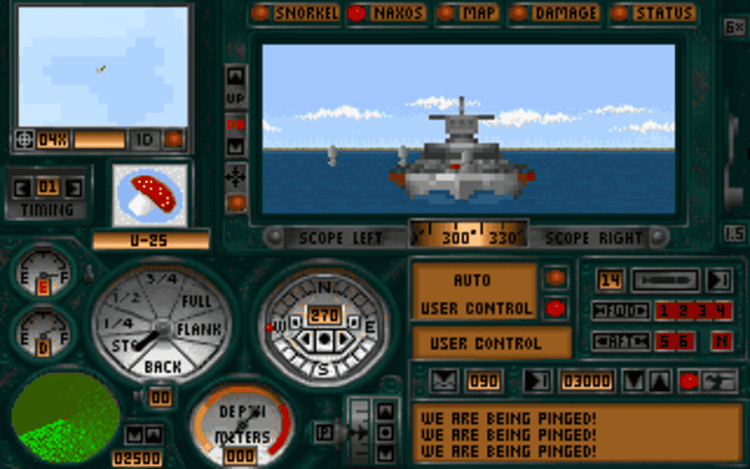

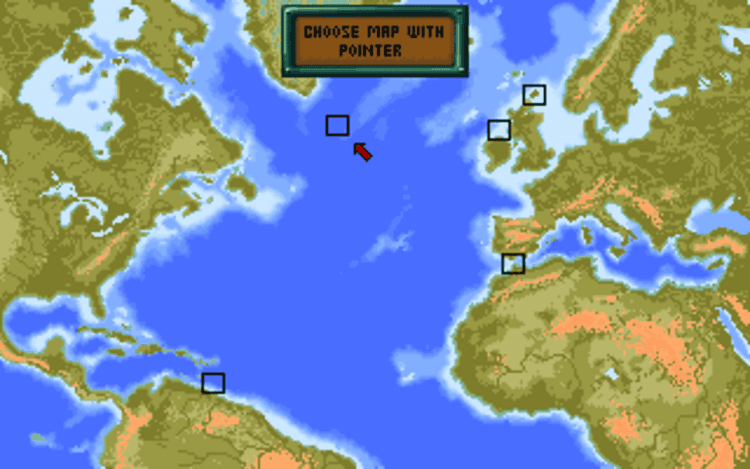
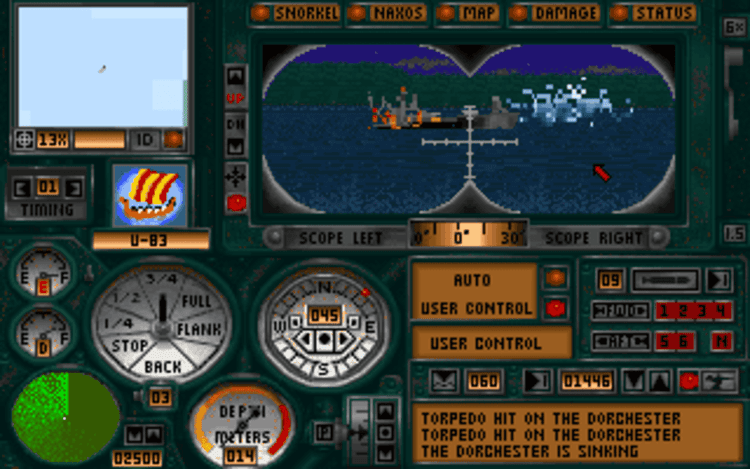
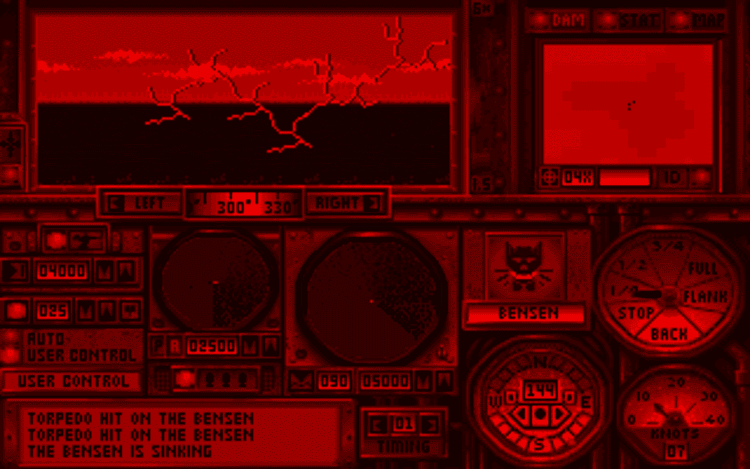
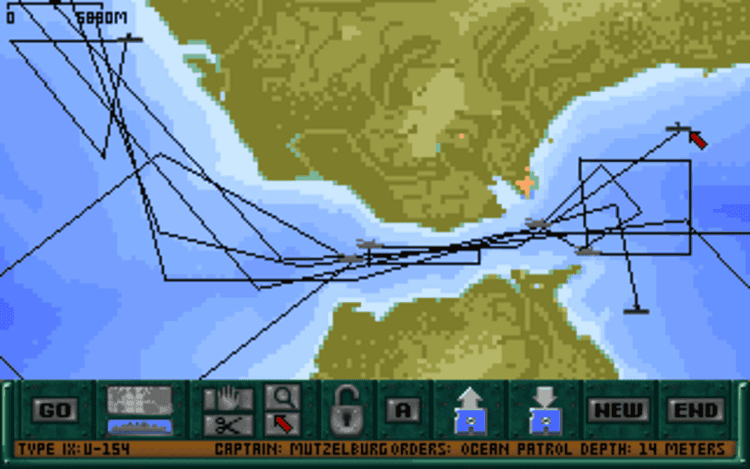
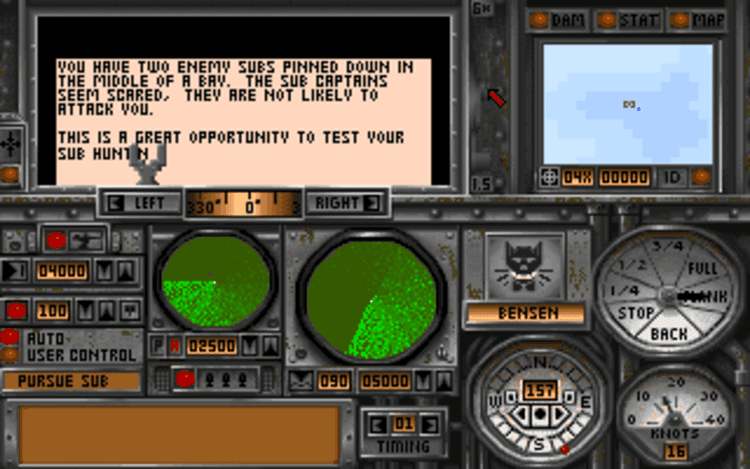

Share game